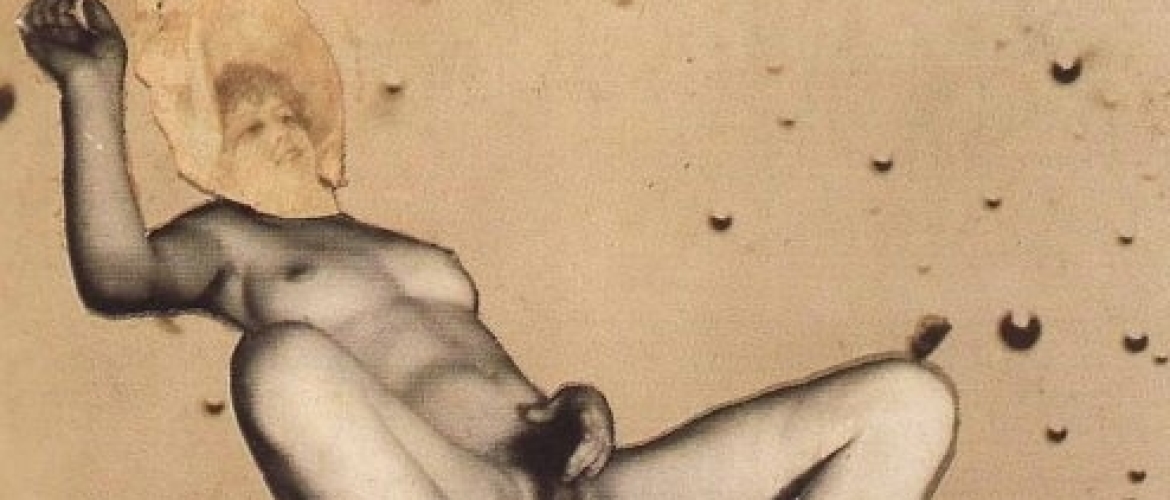
As all devotees of Švankmajer and Saudek know, Czech avant-garde is not less amusing than French. One of its’ pillars was Jindřich Štyrský (1899-1942), a Czech poet, painter, editor, and art theorist, whom we mentioned in our previous article on Toyen. Now we focus on his collages that may remind you of those by Max Ernst and Max Svanberg.
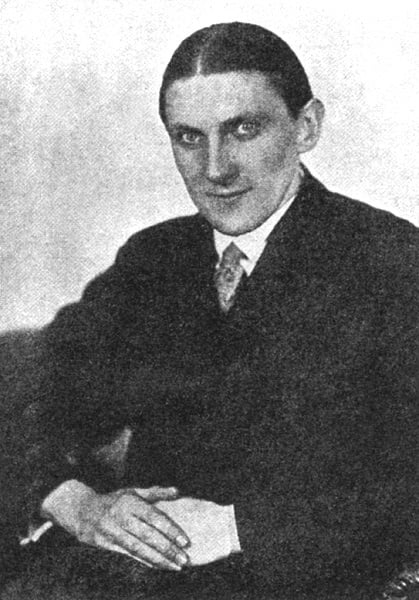
Fig. 1. Štyrsky in 1930 (Wikipedia.org)
Between Prague and Paris
Štyrsky was born in Dolni Čermna (the town in the eastern part of Bohemia). At six years, he survived the death of his sister, which affected his views and works. Štyrsky received his primary education at the school in Hradec Králové, then enrolled in the Academy of Fine Arts in Prague. From the early 1920s, he was a member of the avant-garde group Devetsil which concentrated on magical realism and proletarian art. At the same period, he met Maria Čerminova, with whom he would collaborate until his death in 1942. After artists’ three-year stay in Paris, where they invented artificialism, they returned to Prague, and Štyrsky became the head of The Liberated Theater, the drama section of Devetsil. The artist began working with poet Vitezslav Nezval, the reformer of Devetsil in the Czech surrealist group. As they started to cooperate with French surrealists in the 1930s, Štyrsky moved to Paris again. There he suffered from a heart illness. Probably it was the same disease that caused the early death of his sister.
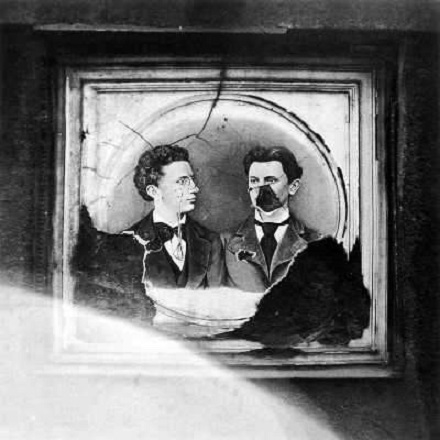
Fig. 2. Untitled (all-art.org)
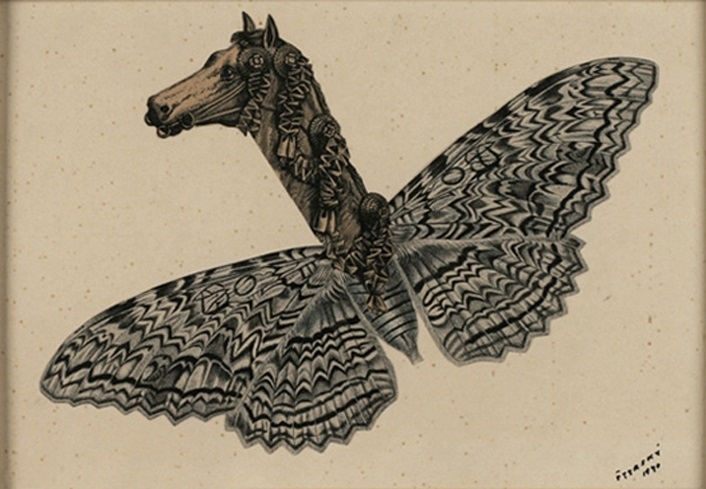
Fig. 3. wordpress.com
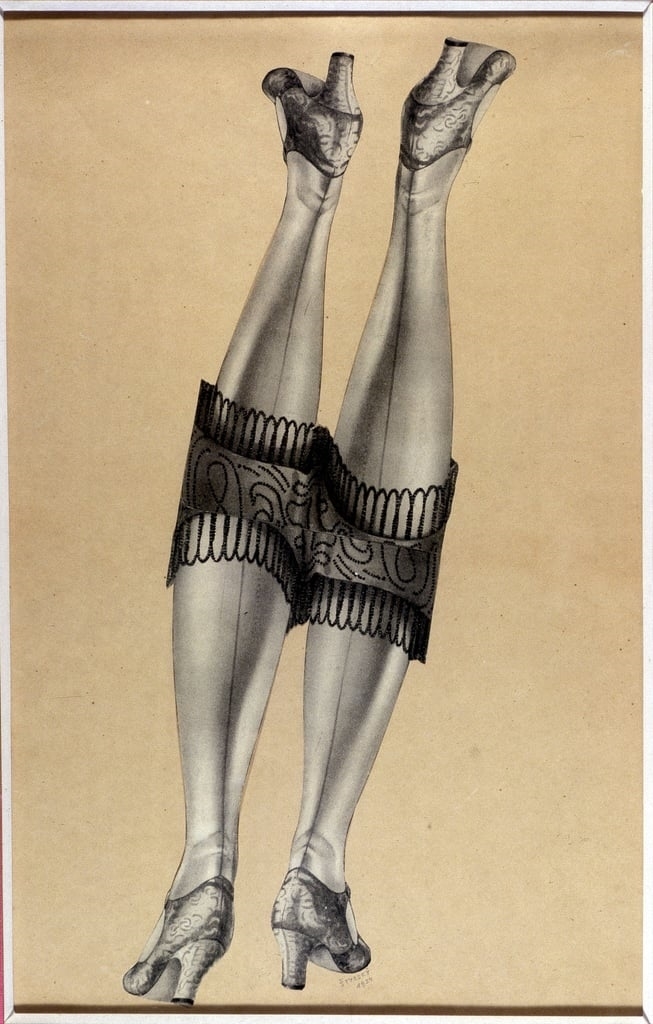
Fig. 4. Deux belles jambs (meisterdrucke.uk)
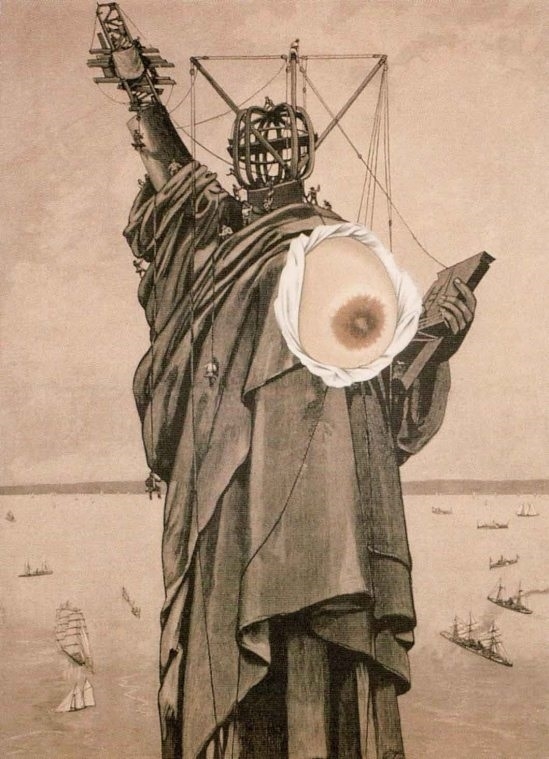
Fig. 5. Statue of Liberty, 1934 (apetiitemelancolie.files.wordpress.com)
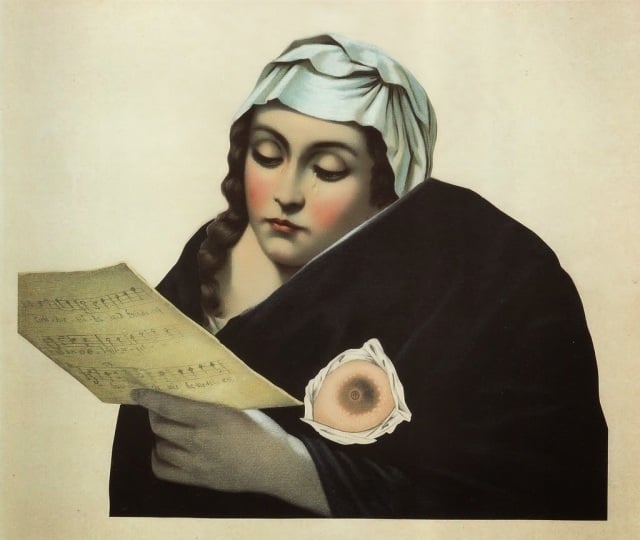
Fig. 6. hoasinuamua.files.wordpress.com
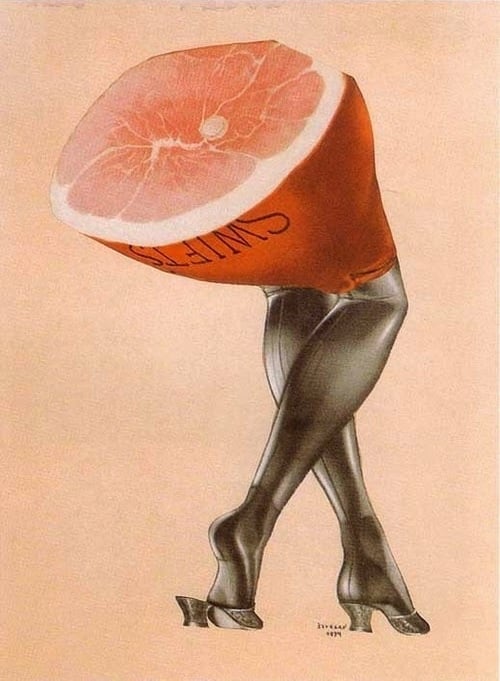
Fig. 7. hoasinuamua.files.wordpress.com
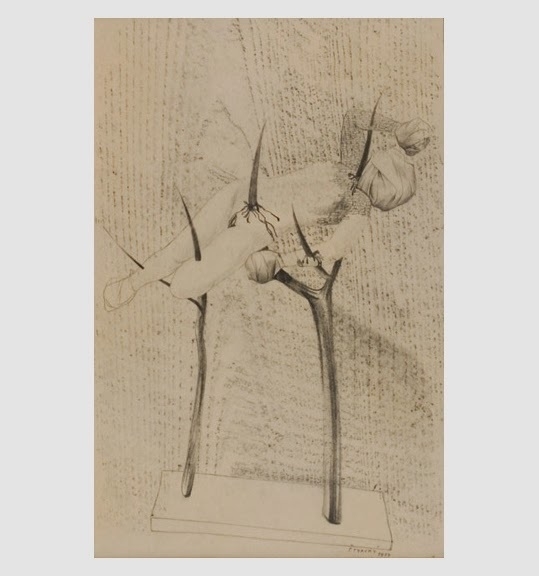
Fig. 8. hoasinuamua.files.wordpress.com
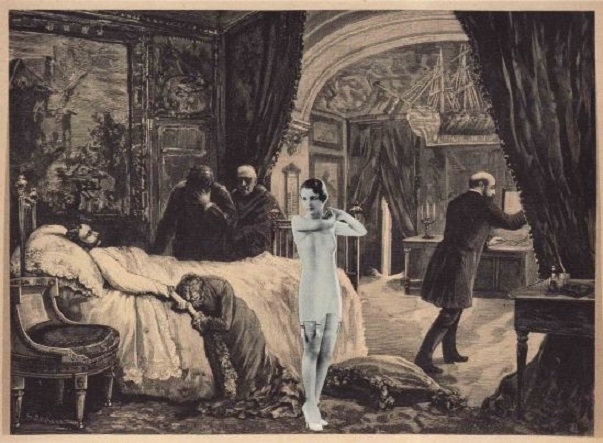
Fig. 9. Stehovací kabinet, 1934. Collage, 24 x 33 cm (apetiitemelancolie.files.wordpress.com)

Fig. 10. blogspot.com
Thirsty Thirties
Freudianism gave birth to European surrealism, and surrealists never tried to kill their father. The interest in suppressed sexuality was common for French and Czech representatives of this movement. For Štyrsky, the 1930s were the time to turn to the theme of eroticism using all the resources. From 1930 to 1933, he was the editor of the private Erotická Revue, to which many artists contributed. He also ran the Edition 69 series that included six volumes of erotic literature. Nezval’s Sexual Nocturne, for which Štyrsky produced collages, opened the series. He distributed these books in the number of 200 copies among subscribers only. Toyen became the artist’s foremost supporter, creating many erotic sketches for the magazine and illustrations for some editions.

Fig. 11. The cover of Sexual Nocturne (amazon.com)
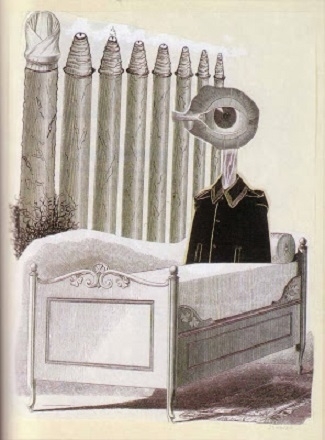
Fig. 12. Illustration to Sexual Nocturne (blogspot.com)
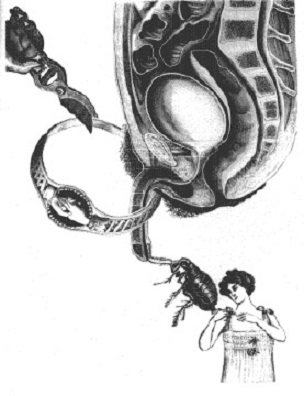
Fig. 13. Illustration to Sexual Nocturne (blogspot.com)
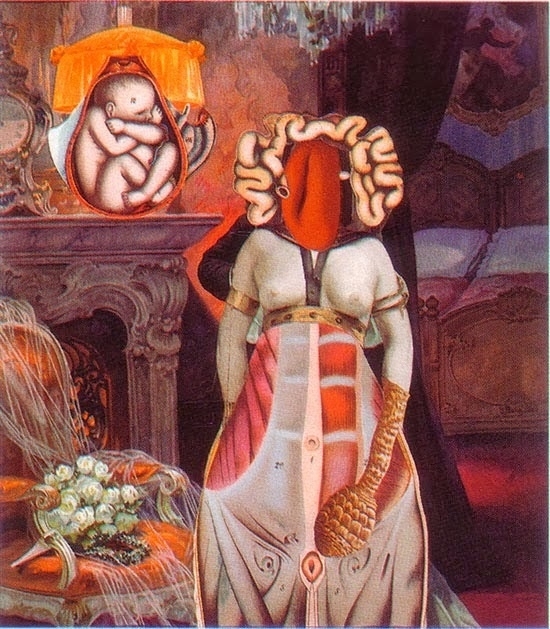
Fig. 14. Marriage, 1934 (hoasinuamua.files.wordpress.com)
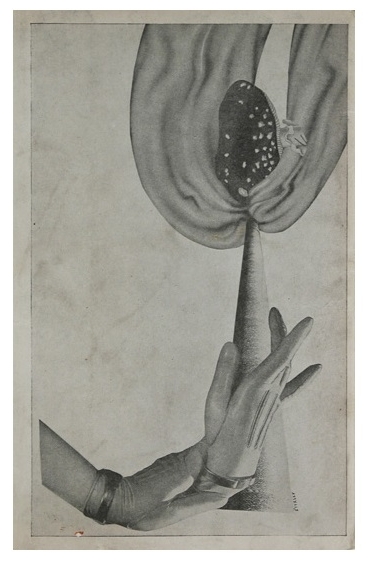
Fig. 15. Illustration to Bohuslav Brouk Bilance Psychoanalysy ‘The Balance of Psychoanalysis’, k. 31 Prosinci 1936 Prague, December 1937 (ubugallery.com)
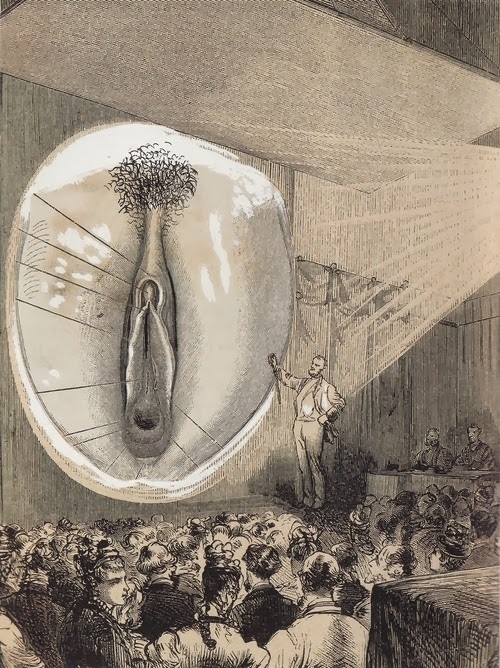
Fig. 16. imgbox.com
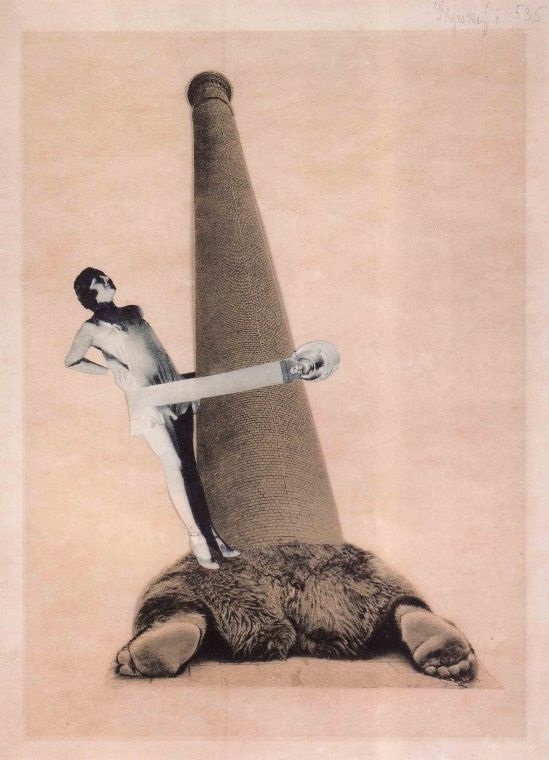
Fig. 17. apetiitemelancolie.files.wordpress.com
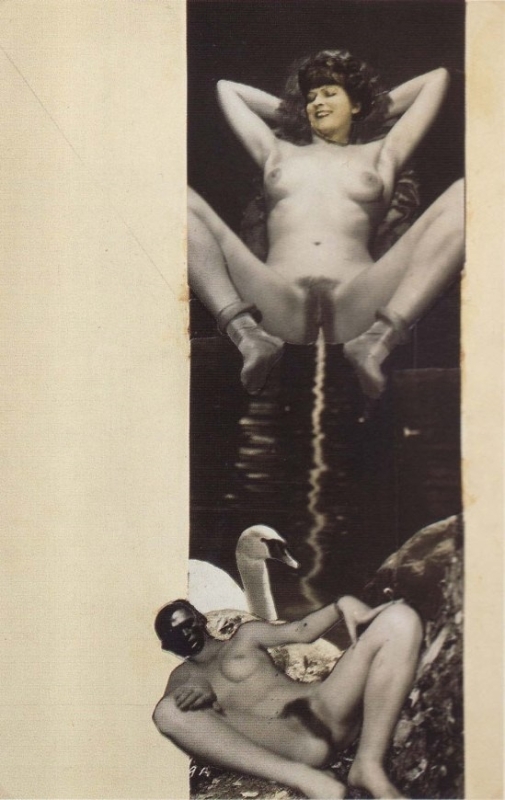
Fig. 18. Untitled, 1931. Collage, 23.5 x 15 cm. Ubu Gallery NY and Galerie Berinson, Berlin (lapetiitemelancolie.files.wordpress.com)
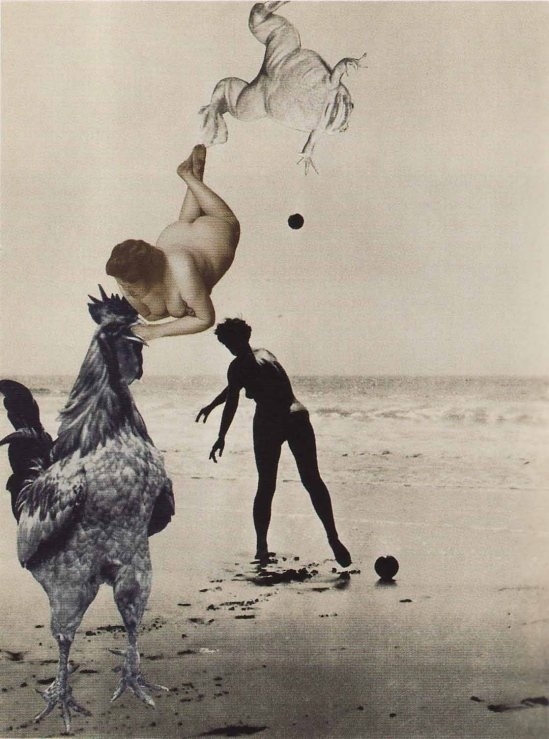
Fig. 19. Untitled ca. 1931, collage (lapetiitemelancolie.files.wordpress.com)
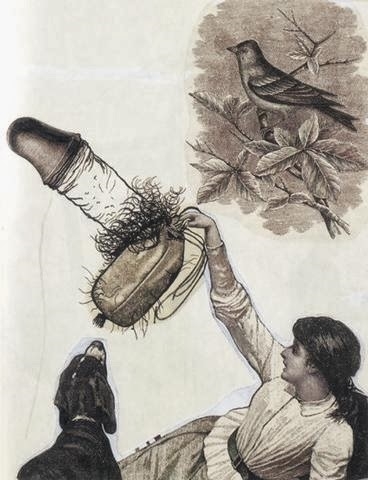
Fig. 20. Illustration to Sexual Nocturne (mgbox.com)
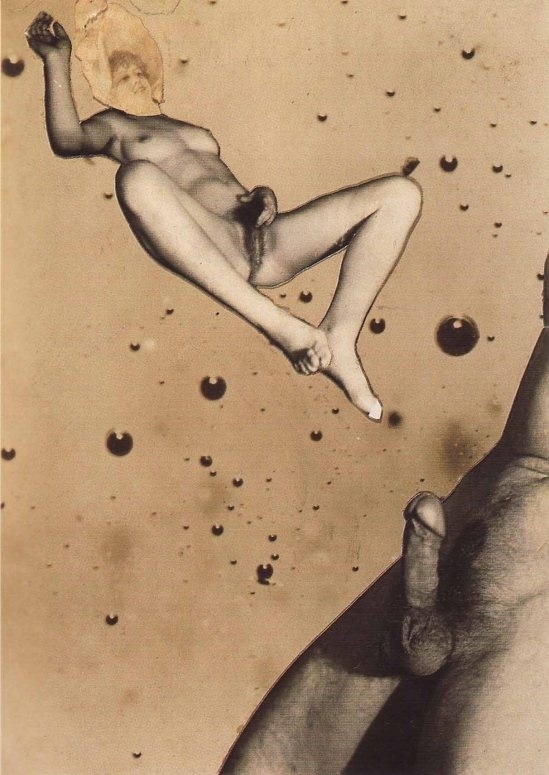
Fig. 21. Untitled, ca. 1932 (lapetiitemelancolie.files.wordpress.com)
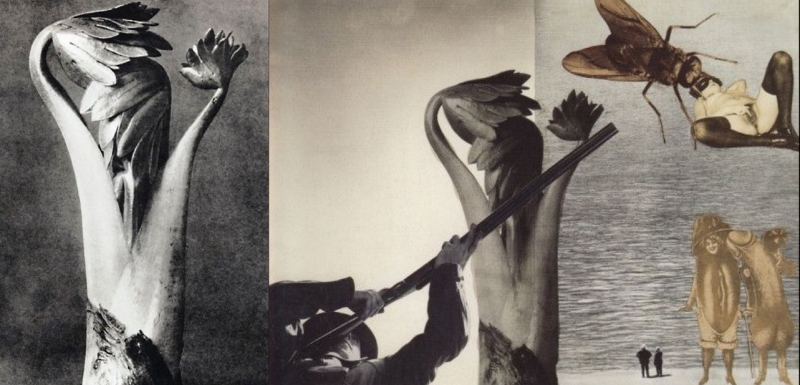
Fig. 22. Left: Karl Blossfeldt (pinterest.com) Right: Tell, 1931 (lapetiitemelancolie.files.wordpress.com)
Emily Comes to Me in a Dream
The most famous book in the series was Štyrsky’s prose poem Emily Comes to Me in a Dream (1933), only 20 copies of which came to us. The book appeared in the last volume with illustrations also made by Štyrsky. In his collages, the artist used images from German and English porn weirdly combined with botanic photography of Karl Blossfeldt, macabre skeletons and other elements from human dreams. For me, as a lover of Blossfeldt’s works, these collages were an amusing discovery. The book includes 12 photomontages and the introduction that gave the title to the edition.
Sighs of Women
It was reprinted twice, in 1997 and 2001. “Emilie quietly disappears from my days, evenings, and dreams. Her white dress, too, darkened in memory. I stop blushing at the thought of the mysterious tooth print I found one night on her lower abdomen. <…> I finally got rid of the face I had modeled as a child in the snow, the face of the woman who had already swallowed up the slackness of her wedge. I see Emilia cast in bronze. Marble people are also not bothered by fleas. <…> My hand wanders under her skirt, touches the edges of her stockings, the suspenders of her suspenders, caresses the inner sides of her thighs. They are hot and humid and lovely. Emilie brings a cup of tea. She has blue slippers. I will never be completely happy again. I am tormented by the sighs of women, the expression of perverted eyes in orgasmic convulsions.” (Emily Comes to Me in a Dream)

Fig. 23. Illustration to Emily (fotografmagazine.cz)
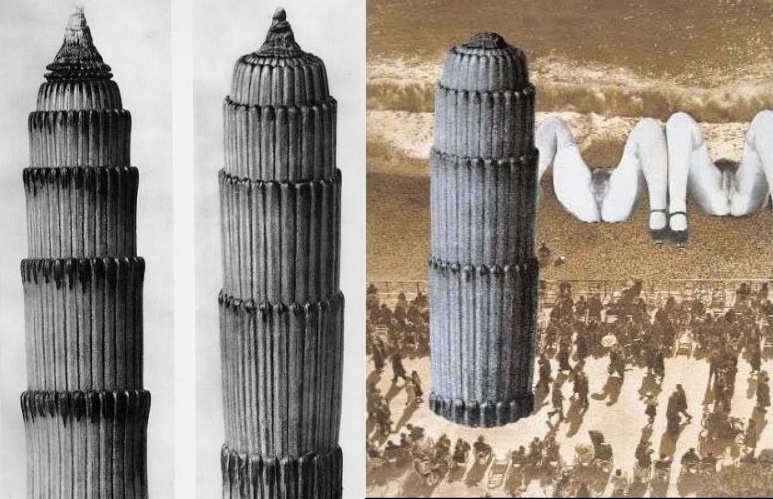
Fig. 24. Left: Karl Blossfeldt Right: Štyrsky, Emily (fotografmagazine.cz)
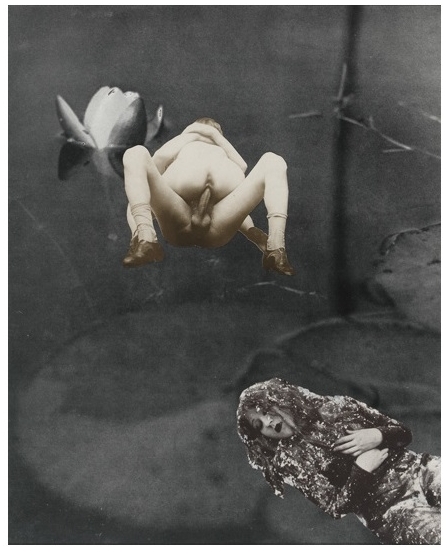
Fig. 25. Illustration to Emily (fotografmagazine.cz)
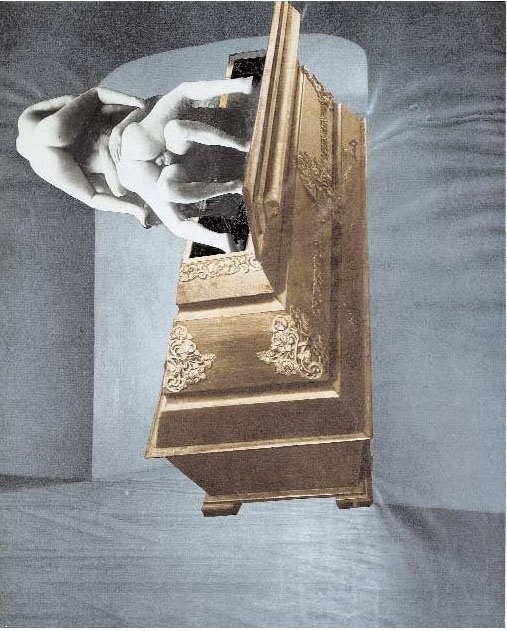
Fig. 26. Illustration to Emily (fotografmagazine.cz)
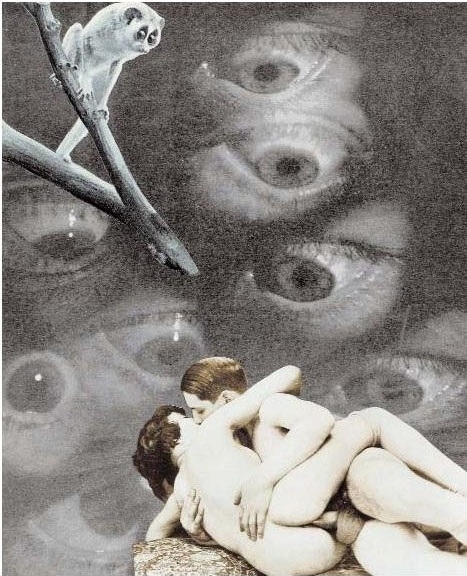
Fig. 27. Illustration to Emily (fotografmagazine.cz)
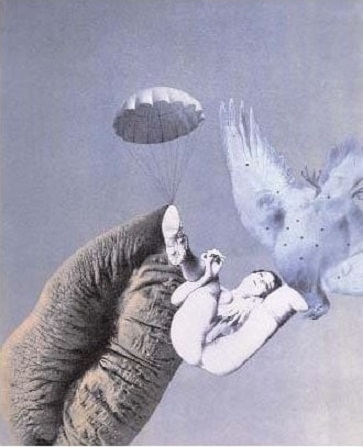
Fig. 28. Illustration to Emily (fotografmagazine.cz)
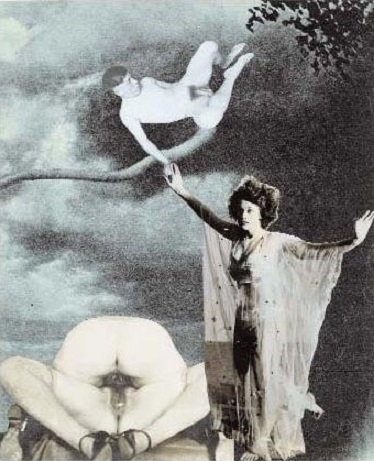
Fig. 29. Illustration to Emily (fotografmagazine.cz)
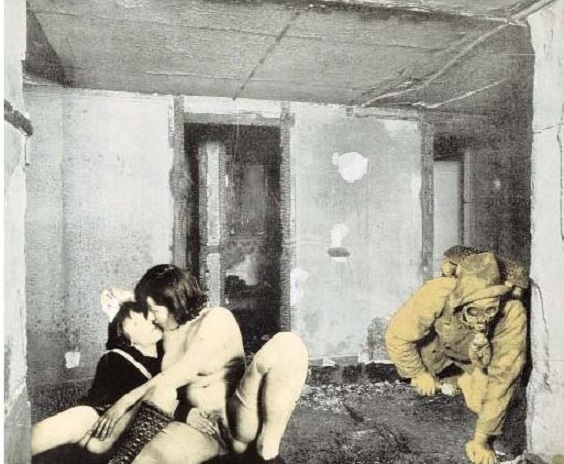
Fig. 30. Illustration to Emily (fotografmagazine.cz)
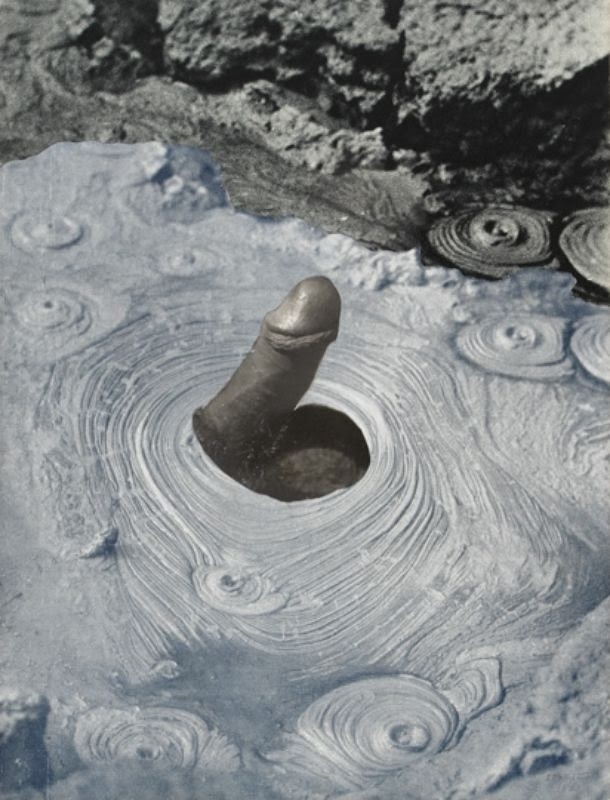
Fig. 31. Illustration to Emily (fotografmagazine.cz)
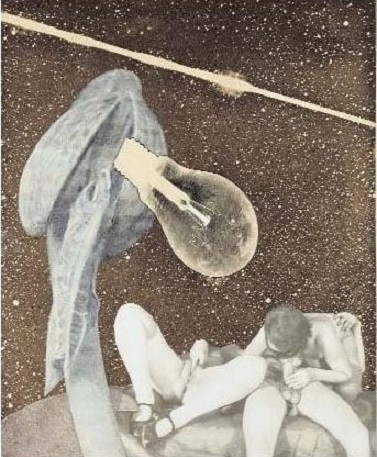
Fig. 32. Illustration to Emily (fotografmagazine.cz)
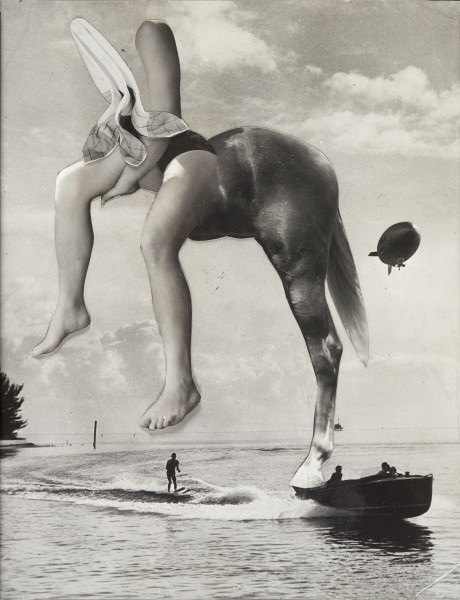
Fig. 33. powerofh.files.wordpress.com
Sources: Wikipedia.org; weimarart.blogspot.com; 5b4.blogspot.com; Jindřich Štyrský. Poesie Praha 21. 3. 2001. doczz.cz
Click HERE for the fascinating juxtaposition of classic shunga and Max Ernst’s famous collage novel…!!
Let us know what you think about this article or our site in the comment box below…!!
